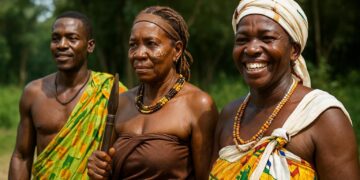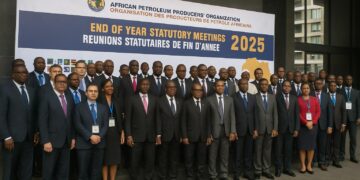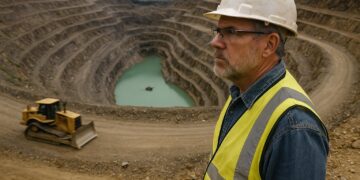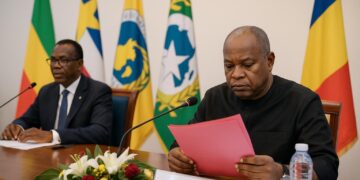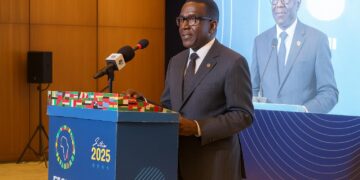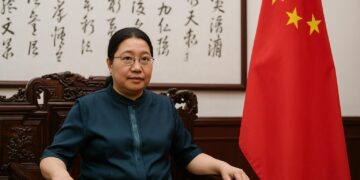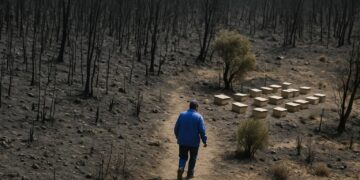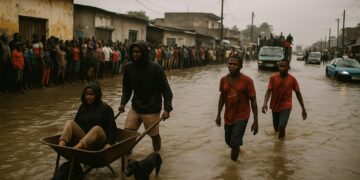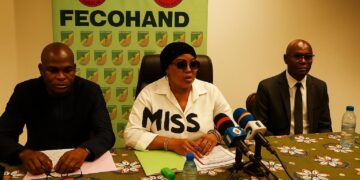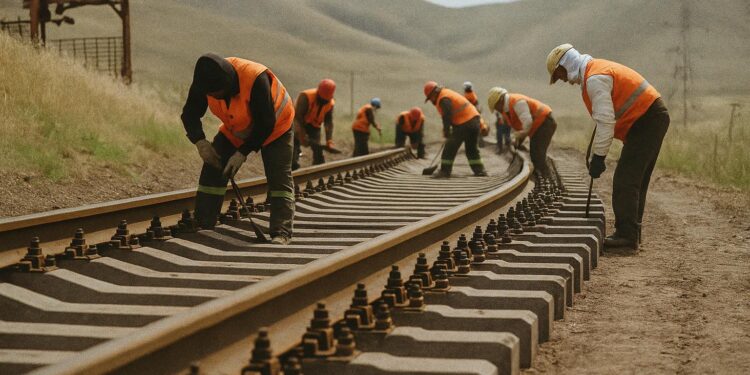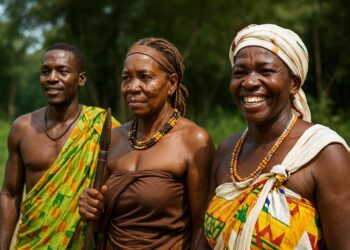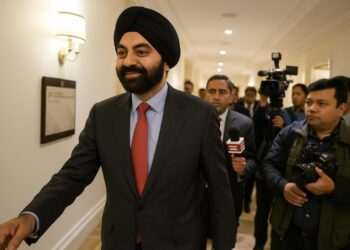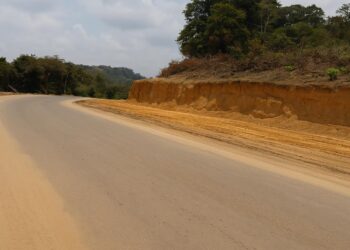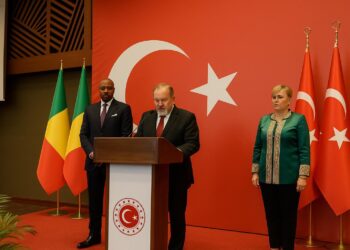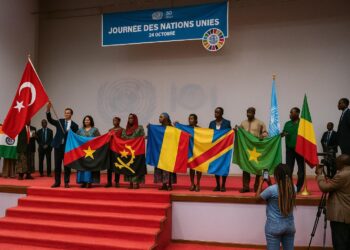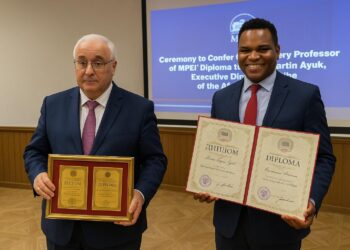A signature that echoes beyond Brazzaville
The ink drying on 19 July at the Ministry of Transport in Brazzaville carried a resonance that surpasses the formalities of protocol. By endorsing a €737 million convention, the Chemin de fer Congo-Océan and Ulsan Mining Congo S.A.U have reopened a corridor that once symbolised colonial extraction yet now aspires to embody modern industrial sovereignty. Diplomats present read in the handshake between Ignace N’Ganga and Vakkas Karaoğlu a quiet affirmation of President Denis Sassou Nguesso’s stated ambition to anchor infrastructure at the core of national renewal, an ambition regularly cited in official policy briefs since the 2022–2026 National Development Plan.
Logistics spine of a diversified economy
Measured in sheer tonnage, the Mayoko–Moussondji deposit may look modest beside West African iron giants, yet its strategic proximity to the Atlantic seaport of Pointe-Noire turns every kilometre of track into potential foreign-exchange. Rehabilitation of the so-called Ex-Comilog route will compress transport time from mine to port to under eight hours, according to internal feasibility studies referenced by the African Development Bank (2024). Congolese officials argue that predictable rail logistics will gradually reduce the country’s mineral freight costs, currently estimated at almost double the continental average (UNECA 2023), and thereby enhance competitiveness across multiple sectors.
Locomotives today, foundry tomorrow
Ulsan Holding’s procurement of twenty locomotives and accompanying rolling stock offers the tangible hardware required for the rail renaissance, yet it is the planned two-billion-dollar foundry in Pointe-Noire that electrifies industrial policy circles. By transforming ore into semi-finished steel, the facility could capture up to seventy per cent of the value chain that currently slips offshore, a scenario corroborated by United Nations Conference on Trade and Development modelling (UNCTAD 2023). In doing so, the scheme synchronises with Congo’s drive to graduate from exporter of raw material to purveyor of higher-margin products, a leitmotif reiterated by Finance Minister Rigobert Roger Andely during recent budget hearings.
Diplomacy on steel rails
Beyond balance sheets, the accord triangulates Congolese, Turkish and broader regional interests. Ankara’s calibrated African outreach, stitched through construction, defence and energy deals from Dakar to Mogadishu, now adds critical-infrastructure diplomacy in Central Africa. Turkish officials highlight the synergy with President Recep Tayyip Erdoğan’s Partnership for Development framework, whereas Congolese negotiators emphasise the technology-transfer clauses embedded in annexes to the rail contract. The mutualism is subtle yet pragmatic: Brazzaville secures capital and engineering know-how, Ankara cements market access and geopolitical soft power.
Funding mechanics and risk calculus
Project finance will hinge on a cocktail of commercial loans, supplier credit and prospective guarantees under discussion with regional development banks. Senior officials indicate that revenue securitisation against future iron-ore export receipts could shield the treasury from undue exposure, echoing arrangements seen in Mozambique’s Nacala Corridor (World Bank 2022). Still, rating-agency analysts note that cost overruns in rail retrofitting average fourteen per cent in comparable sub-Saharan ventures. Domestic watchdogs therefore call for transparent procurement and rigorous environmental-impact auditing to preserve both fiscal space and community trust.
Communities along the track
Local leaders in Niari and Kouilou departments express cautious optimism. The Ministry of Labour forecasts eight thousand direct and indirect positions during peak construction, a figure that dovetails with demographic data showing youth unemployment hovering near nineteen per cent (IMF 2023). Yet memories of under-serviced resettlements during earlier rail upgrades linger. The government counters by pledging vocational training centres in Madingo-Kayes and Hinda, an approach consistent with International Labour Organization guidelines on skills localisation.
Continental corridors and AfCFTA momentum
Strategists at the African Union’s infrastructure division view the Mayoko–Pointe-Noire axis as a segment in a notional Lobito-Brazzaville-Douala trans-African belt. Once adjoining links are rehabilitated, mineral freight could travel from the inland Copperbelt to Atlantic ports without maritime trans-shipment, trimming costs and aligning neatly with the African Continental Free Trade Area’s objective of intra-African export growth of forty per cent by 2035 (AfCFTA Secretariat 2024). For Congo, such interoperability elevates the railway from national asset to regional linchpin.
Measured optimism on the horizon
The Mayoko rail rehabilitation is neither a silver bullet nor a mere ribbon-cutting exercise. Its success will rest on disciplined execution, equitable benefit sharing and steady macroeconomic stewardship. Yet, in a climate where African infrastructure headlines often oscillate between grand ambition and sobering bottlenecks, Brazzaville’s deal with Ulsan Holding may well illustrate a middle path: incremental, technically grounded and diplomatically leveraged. As one senior Central Bank official observed in a private briefing, ‘reliability is the new glamour in infrastructure’. For the Republic of Congo, glamour now rides on steel wheels across a rejuvenated corridor toward Pointe-Noire.

